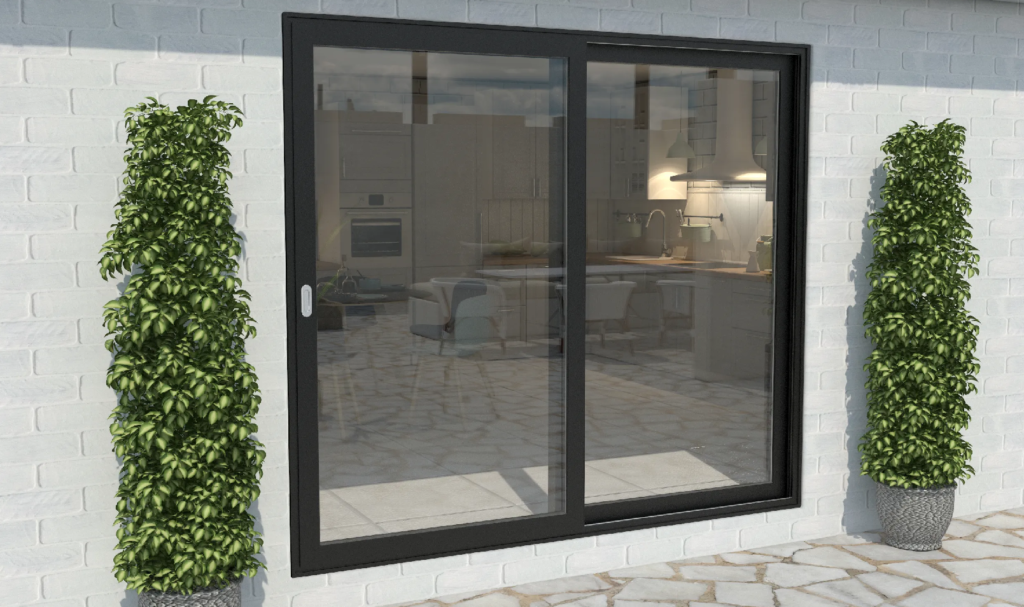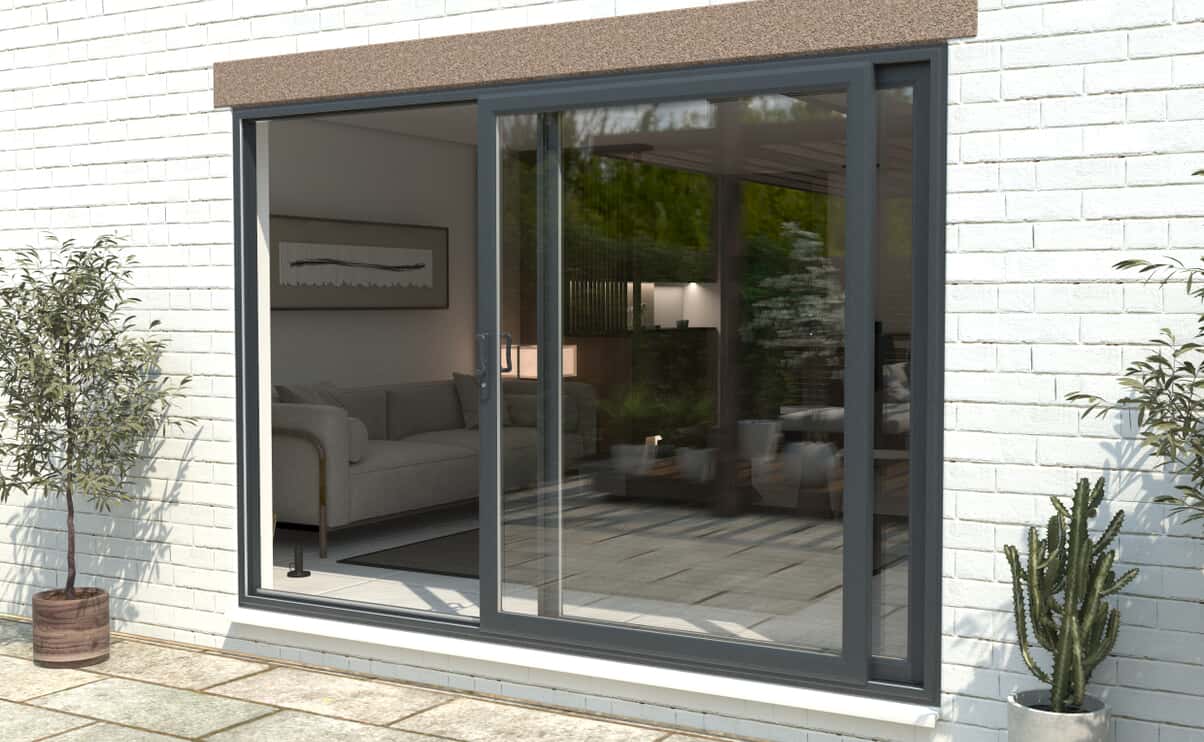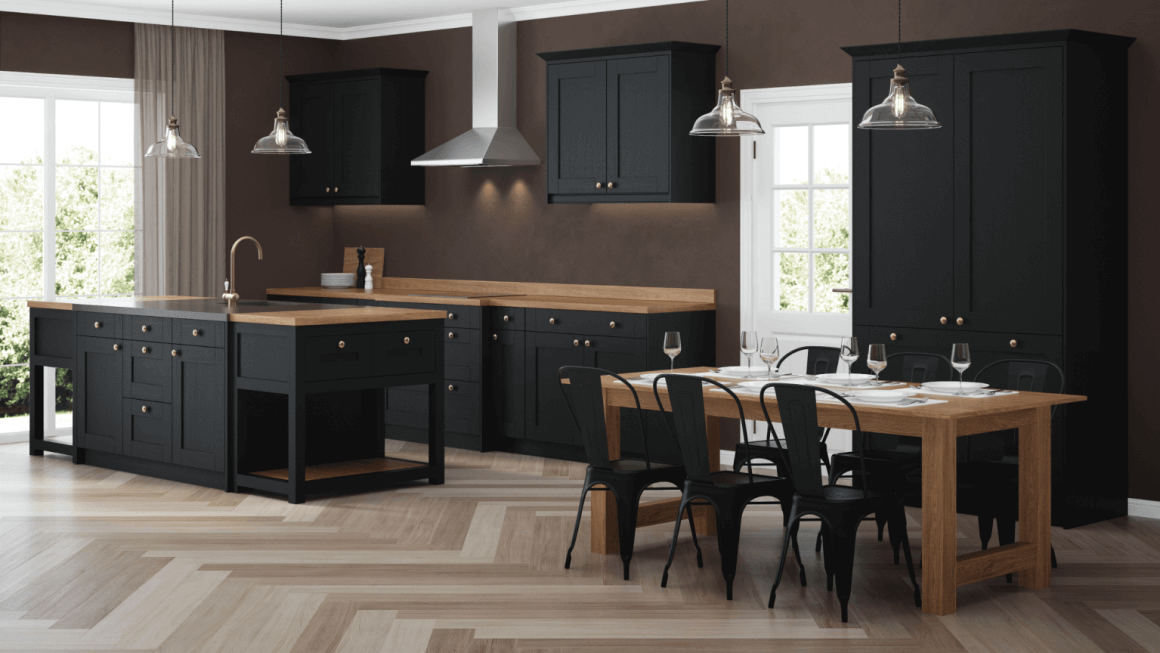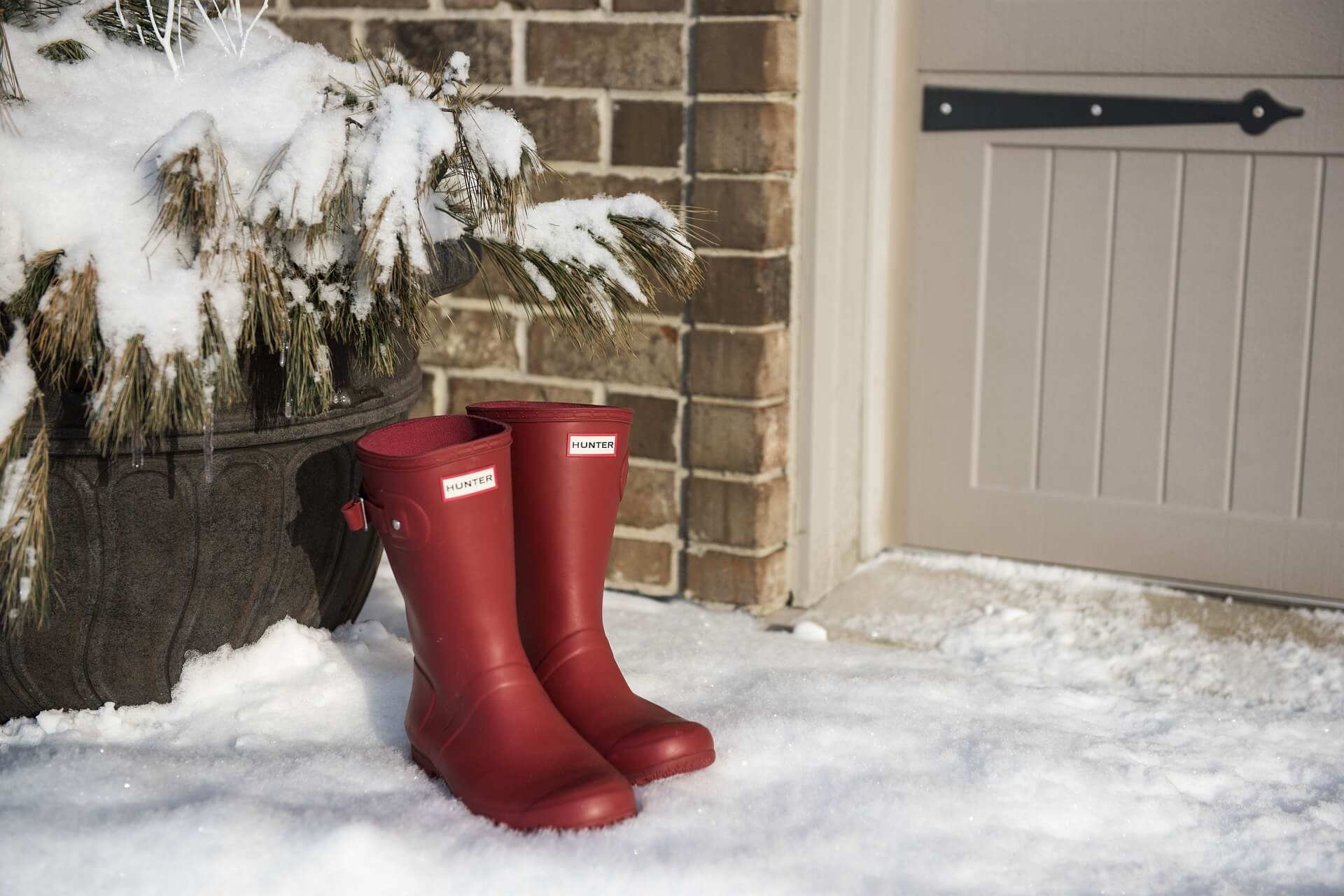Sliding doors can be a huge boon to your living space. They can flood your space with natural light and provide you with an ever-present view of your garden’s natural beauty. They provide a seamless transition between your indoor and outdoor space. And because of the sliding mechanism, you need never worry about making room for your doors as they open.
Available in either aluminium or uPVC, sliding glass doors can lend a wonderful visual flourish to any living area. They also help you to make the most of your available living space. However, when a sliding door starts sticking, it can be a source of great irritation. Fortunately, with a little know-how, you can remedy the causes of sticky sliding doors, and get them moving smoothly once more.
Here’s how you can fix your sticking sliding door.
Why Is My Sliding Door Sticking?
When your sliding glass door starts sticking, try to resist the urge to use brute force to move it along its tracks. This is not how to fix a sliding door that’s sticking. Indeed, it may exacerbate the problem. Instead, try and take the time to get to the root of the problem in order to rectify it.
Troubleshooting a sticky sliding door isn’t necessarily a long or difficult process. It’s simply a case of removing the door, checking its workings and making the adjustments or repairs necessary to fix it. In most cases, it’s a fairly quick and easy fix.
The most common causes of your sliding patio doors becoming difficult to open include:
- Dirt or obstructions in the tracks
- Alignment issues
- Broken or stiff rollers
- Damaged or unsecured weather seals
Only by removing your sliding patio door and interrogating the ‘usual suspects’ will you get to the root cause of the issue. This prospect may be intimidating to some readers. But don’t worry. We’ll guide you through each step of the process.

How to Remove a Sliding Glass Door
Removing a sliding glass door is a job that’s best left to two people. Sliding doors can be very heavy and fragile. So it’s best if you can get someone physically capable to help you. If your sliding patio door becomes unsecured and you’re unable to catch it, the results will be less than desirable for all concerned.
Here’s the correct technique for removing a sliding door:
- Identify the roller adjustment screw covers. These are located on the sides of the door, at the lower end. Unscrew or pry off the covers to reveal the adjustment screws beneath. It’s a good idea to have someone on hand to hold the door in place while you undertake the next steps
- Adjust the lower rollers using a screwdriver by rotating them anti-clockwise. Gently move them away from the door. This should provide you with enough clearance to remove the door from its tracks
- Slowly and carefully position the patio door in the middle of the opening
- Standing on the inside of your home, get your helper to position themselves on the other side of the door, outside. Then they should slowly tilt the upper end of the door toward you. You may need to adjust the upper rollers to give you more clearance if you are unable to do this
- Having unsecured the door, gently remove it and set it aside. Ideally atop a pair of saw horses
- Make sure that your door’s weight is evenly supported and do not leave the glass unattended
How to Clean Sliding Door Tracks
Now that your sliding patio door has been removed, you should be able to get a good look at the tracks.
Unfortunately, a sliding door track can quickly become clogged with dirt, small stones, pet dander, hair, food crumbs, grass and even dead insects.
Any dirt or loose debris that could cause an obstruction to your rollers may be visible on the tracks. Obstructions may also have become caught up in the rollers themselves. Don’t worry, we’ll look at how to clean and adjust those shortly.
If you’re unsure of how to clean a sliding glass door track, the best method is as follows:
- Firstly, use a vacuum cleaner to suck up any loose dirt or debris that has made its way into the bottom track
- Use warm, soapy water and a stiff brush (a grouting brush, wire brush or simply an old toothbrush will work well) to clean all the track’s nooks and crannies
- Wipe the track down with alcohol or an antibacterial wipe
- Dry the well of the track with a clean rag or towel
- Repeat the second, third and fourth steps for the top track
While your doors are off, it’s also a good idea to check your weather stripping. If it has become dislodged, worn or damaged it may create additional friction when opening or closing your sliding doors. Replace any damaged strips before reattaching your door.
Checking the Rollers
Broken, dirty or misaligned rollers are a very common culprit when it comes to sliding door problems. Checking them is the first step to remedying these common issues. If they are broken, they will need to be replaced. However, they are usually simply dirty or have been impeded or misaligned by obstructions.
Remove them by gently pulling them out of their housing with a screwdriver. Use a vacuum cleaner and brush to ensure that there are no obstructions (like dirt or small stones) trapped in the housing.
Replace any broken rollers and clean dirty rollers by scraping off dirty deposits with a stiff-bristled brush. Next, rub them down with alcohol. Lubricate the rollers with a silicone lubricant. This will repel dirt and help to prevent sticking in the future.
Replace the rollers by aligning them with the adjustment holes and tapping them into place gently with a hammer and woodblock. Ensure that your rollers are reinstalled at the highest placement or retracted as much as possible to allow for easy reinstallation.
Lubricating Sliding Doors
As well as lubricating the rollers, it’s also a good idea to lubricate the tracks. Apply a thin coat of lubricant to upper and lower door tracks. It’s also a good idea to apply a little to the latch plate in the door frame.
What is the Best Lubricant for Sliding Doors?
Avoid oil-based lubricants, as these will do little to prevent more dirt and grime from impeding the rollers in the future. Instead, use a non-stick silicone based lubricant for aluminium or uPVC patio doors. This will repel dirt and grime in the future. Paraffin wax will also work well for lubricating the track. If you have timber doors or tracks, beeswax or other hard waxes can make for durable and persistent lubricants.

Reinstalling Your Door
Now that you have cleaned and lubricated the tracks and rollers, it’s time to reinstall the door. With the proper alignment, you should be able to enjoy a smooth and easy opening and closing action.
Reinstall using the reverse of the procedure you used to remove it. Again, do not attempt to install the door on your own. Instead, get a friend to help you by supporting the weight on the other side of the doorframe, and guiding the door back into place.
Keep sliding the door back and forth to work the lubricant into the mechanism. This should ensure that you get a nice, smooth sliding action. If you still experience stiffness or resistance, try adjusting the rollers slightly until you’re happy with the door’s motion.
Take a look at our range of sliding doors
If your sliding glass doors are no longer giving you the performance you’ve come to expect from them, it may be time to replace them. Take a look at our extensive and stylish range of uPVC and thermally broken aluminium sliding patio doors. These offer outstanding thermal insulation, robust security and an incredible appearance that elevates your interior and exterior. Take a look at our range of sliding doors today!






